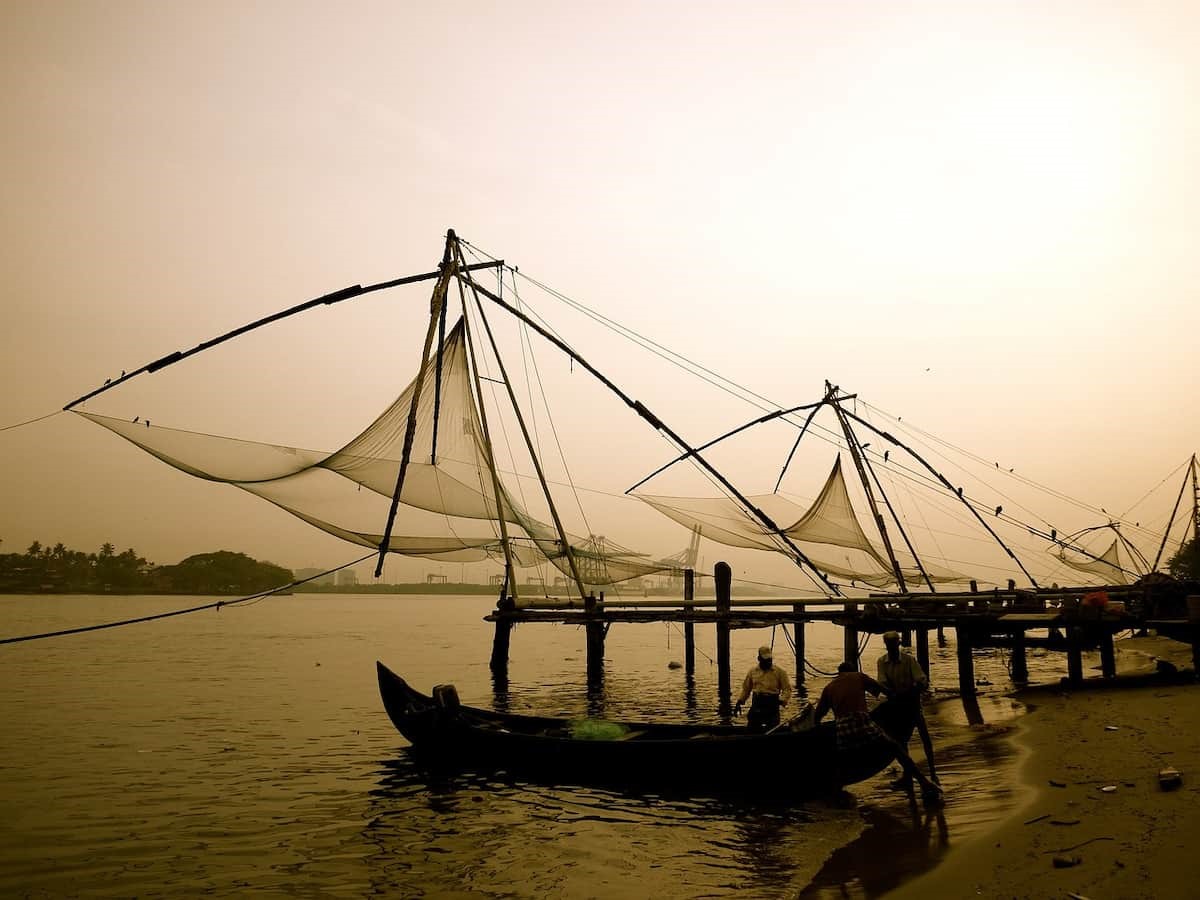Description
 Disclaimer: Copyright infringement not intended.
Disclaimer: Copyright infringement not intended.
Context
- Union Minister Parshottam Rupala launched the sixth phase of ‘Sagar Parikrama' in Andaman and Nicobar Islands.
About Sagar Parikrama
- Sagar Parikrama' is an initiative taken by the central government to conduct a voyage across all coastal states and union territories to support fishermen, traders and other stakeholders related to the sector.
Aim
- The interaction programs being organized during the ‘Sagar Parikrama’ aims to resolve the issues of the fishers and other stakeholders and to facilitate their economic upliftment through various fisheries schemes and programs being implemented by the Government of India.
- Such programs include ‘Pradhan Mantri Matsya Sampada Yojana’ (PMMSY), ‘Fisheries and Aquaculture Infrastructure Development Fund’ (FIDF), extension of Kisan Credit Card (KCC) to fishers and fish farmers.
- In addition to the schemes and programs of fisheries sector, the ‘Sagar Parikrama’ program envisages creation of awareness on various other schemes and programs of the Government of India.
Objectives of the Mission
The main objectives of ‘Sagar Parikrama’ are
-
- to facilitate interaction with fishermen, coastal communities and stakeholders so as to disseminate information of various fisheries related schemes and programs being implemented by the Government;
- demonstrating solidarity with all fisher folk, fish farmers and concerned stakeholder as a spirit of Aatmanirbhar Bharat;
- to promote responsible fisheries with focus on sustainable balance between the utilization of marine fisheries resources for food security of nation and livelihoods of coastal fisher communities and
- protection of marine ecosystems.
Its main objective is to address the concerns of fishermen and facilitate their economic development by implementing various schemes of fisheries like Pradhan Mantri Matsya Sampada Yojana (PMMSY).
.jpeg)
Areas of Focus
- Sagar Parikrama shall focus on the
- sustainable balance between the utilization of marine fisheries resources for the food security of the nation,
- livelihoods of coastal fisher communities and the protection of marine ecosystems to bridge the gaps of fisher communities and their expectations,
- development of fishing villages,
- upgradation and creation of infrastructure such as fishing harbors & landing centers to ensure sustainable and responsible development through an ecosystem approach.
Significance
- "Sagar Parikrama" program holds great significance as it symbolizes a journey along the coastal belt in solidarity with fisherfolk and other stakeholders.
- The impact of this Sagar Parikrama will be far reaching on the livelihood and holistic development of fishermen and fisher folks including climate change and sustainable fishing.
- As India continues to make strides in this sector, it is expected to strengthen its position as a global leader in fish production and contribute to the well-being of its citizens.
Trivia
- Fish is an affordable and rich source of healthy animal protein and omega-3 fatty acids, offering immense potential to mitigate hunger and malnutrition.
- India is blessed with rich and diverse fisheries resources, and the fisheries sector has become an important pillar of socio-economic growth, providing livelihood, employment, and entrepreneurship to millions of fishers and fish farmers.
- The importance of fish cannot be emphasized enough in addressing the country's food security, nutrition, and socioeconomic development.
Vital Stats
- Over the past 75 years, India's fisheries sector has undergone a remarkable transformation, evolving from a traditional activity to a commercial enterprise.
- The country's fish production has grown 22-fold since independence, skyrocketing from 7.5 lakh tonne in 1950-51 to an extraordinary 162.48 lakh tonne in 2021-22.
- India's fish output has achieved an all-time high of 162.48 lakh tonne in fiscal year 2021-22.
- This remarkable achievement represents a growth rate of 10.34% compared to the previous year.
- With approximately 8% share in global fish production, India now holds the position of the world's third-largest fish-producing country.
- Inland fish production, primarily driven by aquaculture, has experienced an unprecedented surge. In 2000-01, inland fish production stood at 28.23 lakh tonne, and it soared to an impressive 121.21 lakh tonne in 2021-22, marking a remarkable 400% increase.
- This outstanding growth can be attributed to the combined efforts of fisheries scientists, the central and state governments, as well as the dedication of fishers, fish farmers, and entrepreneurs.
FISHERIES SECTOR IN INDIA: https://www.iasgyan.in/daily-current-affairs/fisheries-sector-in-india
PRADHAN MANTRI MATSYA SAMPADA YOJANA: https://www.iasgyan.in/daily-current-affairs/pradhan-mantri-matsya-sampada-yojana
|
PRACTICE QUESTION
Q. Fisheries sector has been recognized as a ‘Sunrise Sector’ and has demonstrated outstanding growth over the years. Describe the various Schemes and Programs undertaken by the Government to boost the Fisheries Sector with special emphasis on Blue Economy.
|






 Disclaimer: Copyright infringement not intended.
Disclaimer: Copyright infringement not intended.






